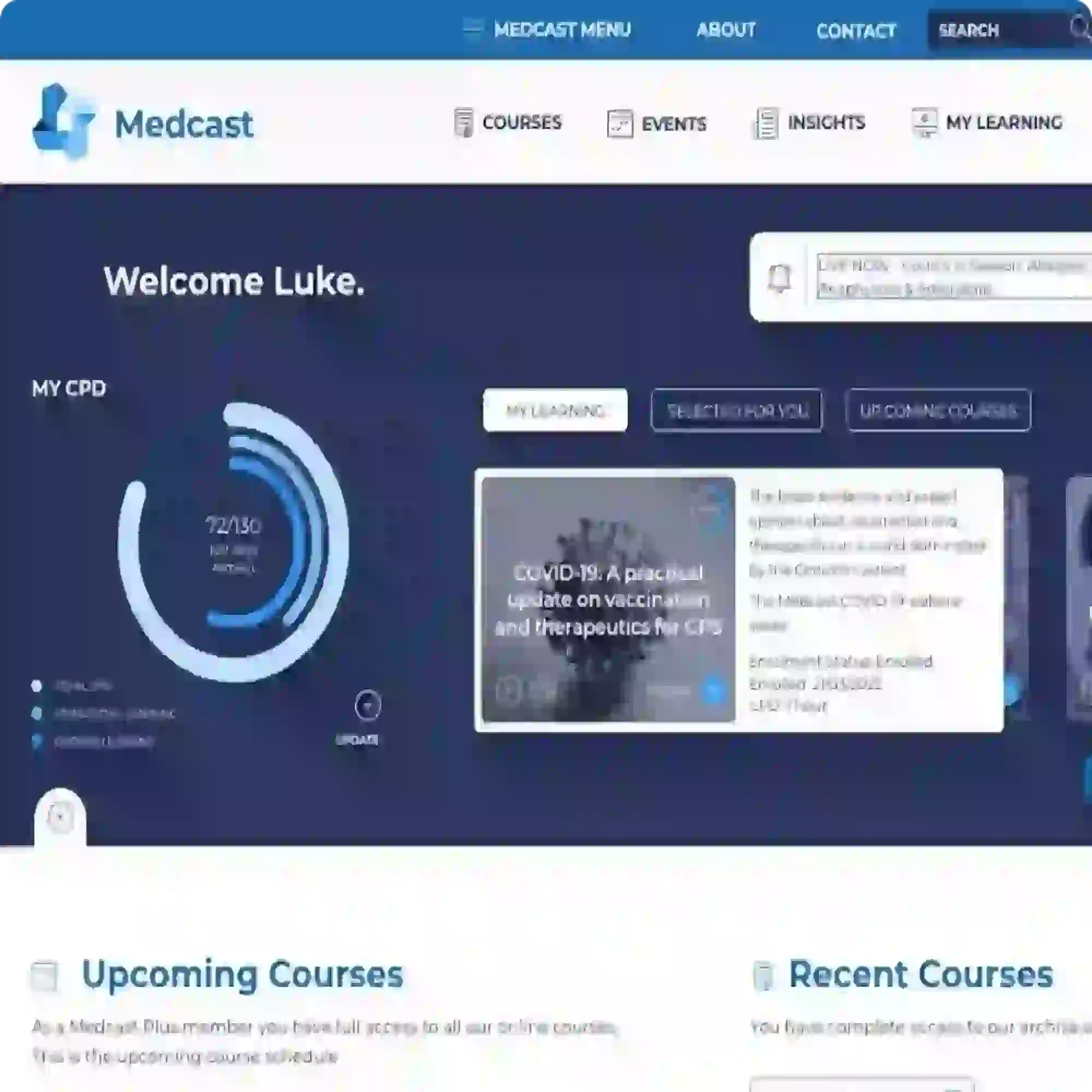Ling has left hemiparesis and is aphasic following stroke, what comes next?
You have received a new admission to the stroke unit via ambulance from a nearby rural hospital.
67 year old Ling received thrombolysis prior to transfer after suffering an ischaemic stroke this morning, and transfer to the stroke unit was organised immediately to comply with clinical guidelines. Ling has recently moved to Australia from China to live with her son and his family. Although she is awake and alert, she has a left hemiparesis and is aphasic. Ling’s son has enquired as to when rehabilitation to aid his mother’s recovery may commence.
When should early stroke rehabilitation begin?
Early stroke rehabilitation should commence as soon as medically feasible following a stroke event. The Stroke Foundation (2022) recommends commencing rehabilitation on day one post event if clinically appropriate.
Early stroke rehabilitation is a critical component in optimising recovery outcomes and enhancing patient quality of life. Initiating rehabilitation efforts promptly after a stroke significantly impacts functional recovery and long-term well-being. The primary aim is to address and mitigate the physical, cognitive, and emotional impairments resulting from the stroke. Early initiation of rehabilitation allows for optimal utilisation of the brain's neuroplasticity—its ability to reorganise and adapt post-injury—thereby maximising function to achieve the highest possible level of independence.
Ling should have her rehabilitation needs assessed within 24–48 hours of admission by the multidisciplinary team, using an appropriate process or tool such as the Assessment for Rehabilitation: Pathway and Decision-Making Tool. Referral to a rehabilitation service should be made for Ling if it is identified from assessment that this is required. Rehabilitation should be client-centred, allowing Ling and her carers access to interpreters to ensure optimal understanding when choosing culturally appropriate goals, activities and priorities. Resources should be accessible for different groups such as aphasia friendly, and available in different languages.
Early physical therapy reduces the risk of common post-stroke complications such as muscle atrophy, joint contractures, and deep vein thrombosis. Intensive early mobilisation within 24 hours of stroke onset is not recommended, however mobilisation should begin within 48 hours of stroke onset unless otherwise contraindicated. Occupational therapy will focus on improving Ling's ability to perform daily tasks and will enhance her fine motor skills. A minimum of three hours a day of occupational therapy and physiotherapy is recommended.
Ling’s swallowing should be screened by a speech therapist within four hours of admission and before any oral food, fluid or medication. If dysphagia is present, speech therapy including skill and strength training with food and fluids, and indirect motor therapy using the principles of neural plasticity to improve swallowing skills is recommended. The speech therapist will also assist Ling with relearning communication skills and to manage her aphasia.
Incorporating early stroke rehabilitation into patient care protocols is vital for achieving optimal recovery. Ensuring a smooth transition between hospital and community care (including primary care) and supporting services when reintegrating Ling into the community is essential. Having established links and referral processes in place with acute service providers is key to facilitating this.
Related courses
References
ACSQHC (2024) Acute Stroke Clinical Care Standard. Retrieved July 2024 from https://www.safetyandquality.gov.au/our-work/clinical-care-standards/acute-stroke-clinical-care-standard
Stroke Foundation (2024). Clinical guidelines. Retrieved July 2024 from https://strokefoundation.org.au/what-we-do/for-health-professionals/clinical-guidelines
Stroke Foundation (2023). Australian and New Zealand Living Clinical Guidelines for Stroke Management - Chapter 3 of 8: Acute medical and surgical management. https://app.magicapp.org/#/guideline/QnoKGn/section/EvvkaE
Stroke Foundation (2022). National Rehabilitation Stroke Services Framework 2022. https://informme.org.au/media/sqfevyko/stroke-rehabilitation-framework-2022-update-final.pdf

Jenny Browne, RN, Cert IV (TAE), CritCareCert, MN(AdvClinEd), has an extensive background in critical care nursing and education. Jenny has worked across a variety of Australian ICUs, including the John Hunter Hospital (Newcastle), Princess Margaret Hospital (Perth) and the Royal Adelaide Hospital. She has been an ALS and PALS instructor for over 12 years, including with the ACCCN, and is also a sessional academic at the University of Newcastle.
Become a member and get unlimited access to 100s of hours of premium education.
Learn moreFollow James, a 7-year-old boy scheduled for a tonsillectomy and adenoidectomy, as we explore how the 4 P’s of child preparation – Prepare, Play, Parent, Praise – can be used in day surgery to reduce procedural anxiety, support family-centred care, and improve the overall patient experience
Caregiver concern is a powerful predictor of clinical deterioration in children, often surpassing abnormal vital signs. A recent Lancet study confirms its association with ICU admission and ventilation. Integrating caregiver input into assessments, documentation, and escalation protocols can significantly improve early recognition and outcomes in paediatric emergency care.
Sepsis is a time-critical medical emergency. The National Sepsis Program urges GPs and primary care clinicians to enhance early recognition and management of sepsis to save lives. This update outlines key actions and available resources to support timely diagnosis and intervention across primary care settings.

